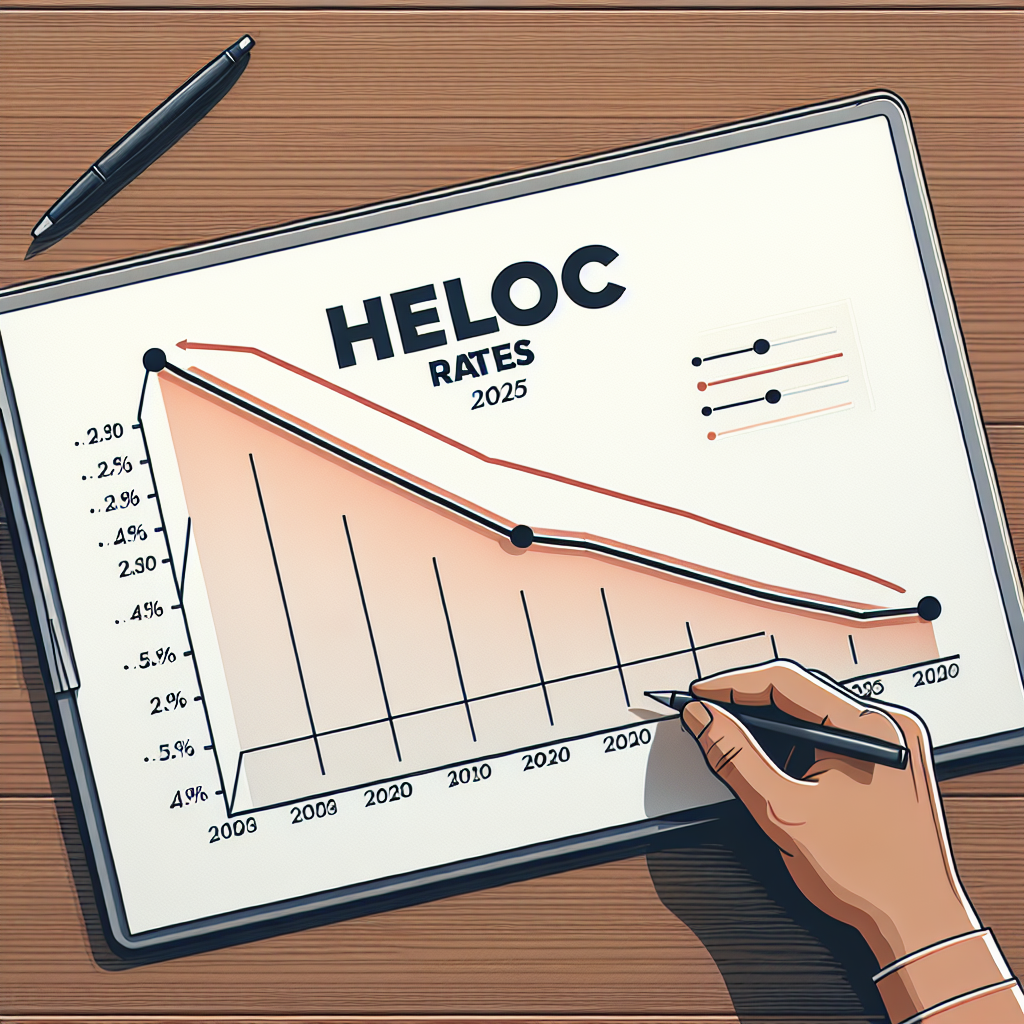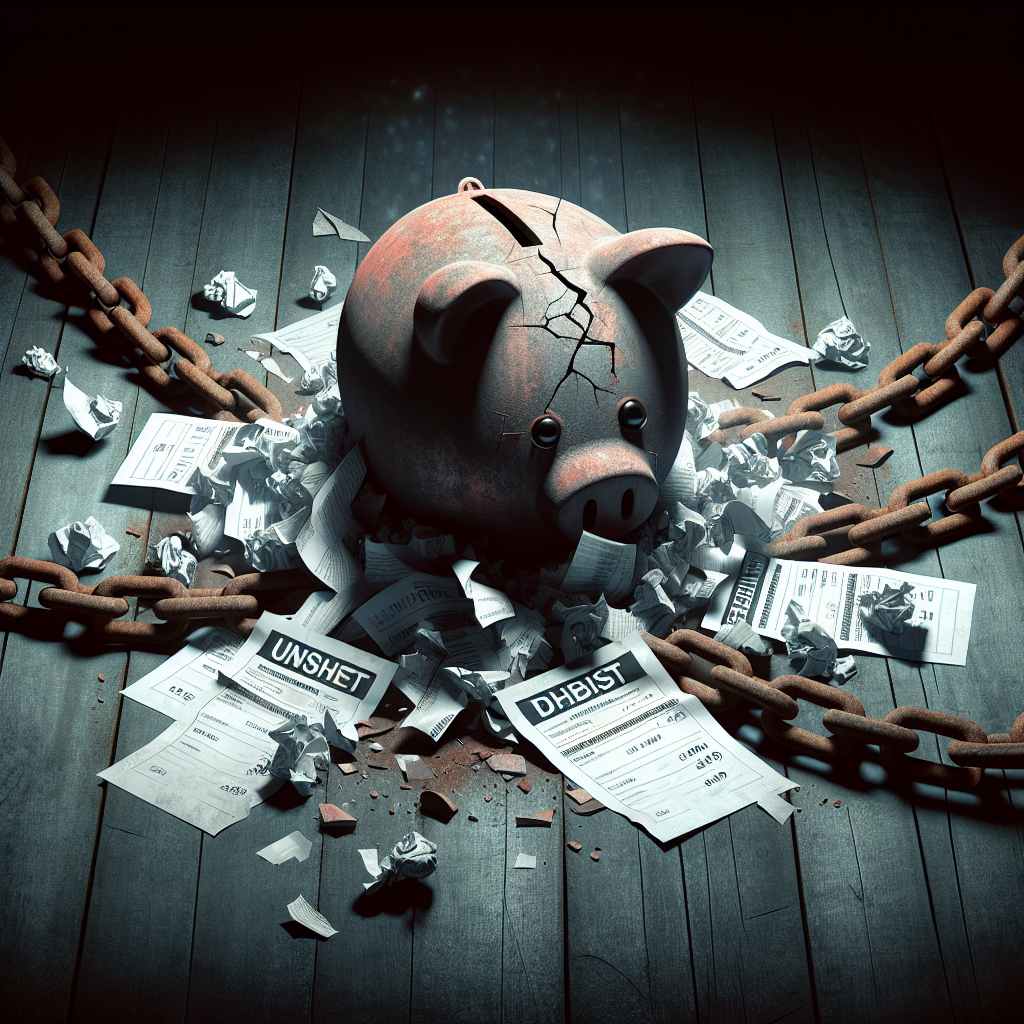It’s been ages since borrowing against your home felt this wallet-friendly.
Specifically, if you’re eyeing a home equity line of credit (HELOC). Throughout most of 2025, HELOC interest rates have been trending downward, now residing below the 8% mark. For those homeowners chasing funds for remodels, debt juggling, or any financial need, this dip presents a rare opening to leverage home equity at the cheapest borrowing cost seen in two years.
So, the million-dollar question: Are rates set to keep plunging as the months roll on?
The Forecast for HELOC Rates
The downward spiral in rates kicked off last fall, sparked by the Federal Reserve’s initial cut to its benchmark interest rate. Follow-up, smaller trims at two consecutive meetings nudged rates even lower. This easing has persisted into 2025, despite the Fed hitting pause on rate slashes during its first couple of gatherings this year.
Greg McBride, Bankrate’s chief financial analyst, sums it up: “The Fed’s currently parked on the sidelines, meaning there’s no immediate push to nudge HELOC rates up or down. The upcoming tone of economic signals will dictate whether inflation fears ramp up or the economy slows, ultimately shaping the Fed’s moves and timing.”
Looking further ahead to year-end 2025, McBride projects HELOC rates will hover around 7.25%, marking the lowest average in nearly three years. Still, he cautions that borrowing costs won’t slide back to the dirt-cheap levels witnessed just after the Great Recession, when rates dipped beneath 5%, or the pandemic era lows around 3.86%.
“Watch your wishes,” McBride warns. “The era of rock-bottom interest rates post-Recession isn’t making a quick comeback. That scenario likely demands a deep recession or financial upheaval. It’s wiser to endure higher rates in a thriving economy than ultra-low rates during economic turmoil.”
HELOC vs. Credit Cards: What’s the Difference?
Unlike unsecured credit cards, which come with steeper interest rates due to lack of collateral, HELOCs typically borrow at more reasonable costs. Recent weeks have shown HELOC rates usually retreat when the Fed lowers rates—and surge when the Fed hikes.
That said, the Fed’s hands aren’t tied; policy decisions are influenced by the broader U.S. economic pulse and geopolitical developments. Mark Hamrick, Bankrate’s senior economic analyst, highlights the Fed’s cautious approach amid uncertain trade policies and tariff tensions from the Trump administration, compounded by muddled messaging from Washington and abroad.
Hamrick also stresses the balancing act between inflation’s upside risks and the economic growth and labor market’s downside threats—core factors the Fed juggles to fulfill its dual promise: stable prices and maximum employment. While some market watchers predict a rate cut might be on the horizon, the outlook remains murky. This fog extends beyond policymakers, affecting consumers, business leaders, and investors alike.
Is This the Moment to Grab a HELOC?
With HELOC rates settling at their lowest in over a year, is it time to jump on the bandwagon?
Before rushing in, it’s crucial to keep perspective. Even with rates dipping under 8%, a HELOC isn’t exactly the cheapest borrowing avenue out there.
“Homeowners are sitting on record-high home equity,” McBride observes, “yet borrowing costs remain steep. Many HELOCs sport rates near 9% or 10%, and with no big rate cuts expected soon, it’s not an overwhelmingly attractive offer.”
Still, the numbers show increasing enthusiasm. In Q4 2024, HELOCs accounted for over 16% of all loan originations—almost quadrupling their share since 2021, according to property researcher ATTOM Data Solutions. Additionally, consumers ramped up HELOC balances by roughly $9 billion that quarter, pushing the total to $396 billion.
Did you know? By the end of 2024, the typical mortgage-holding homeowner’s equity climbed to approximately $303,000—a year-over-year increase exceeding $4,000, per data from real estate analyst Cotality.
Experts contend HELOCs make sense, particularly if you’ve amassed a hefty slice of your home’s value, as many Americans have.
“Given historic home price surges, tapping that equity via HELOCs is a straightforward option,” says Brian Grzebin, mortgage banking president at Univest Bank and Trust. “Most HELOCs are tied to the prime rate, which falls alongside Fed cuts—making this an opportune moment for tackling pricey credit card debt, funding home revamps, or major purchases.”
McBride adds a savvy tip for prospective borrowers: hunt for HELOCs boasting introductory fixed rates below market levels—sometimes sub-6%—lasting up to a year. “Shopping around for these deals buys you some breathing room at a lower rate to chip away at your balance before higher rates kick in.”



